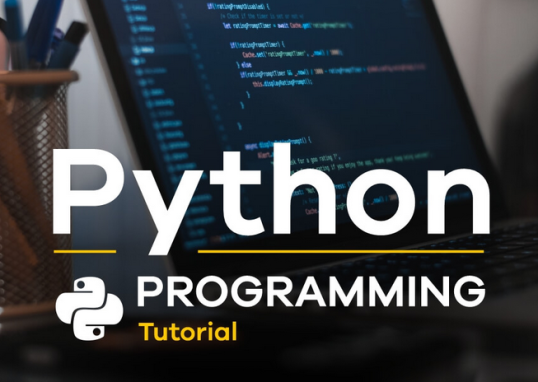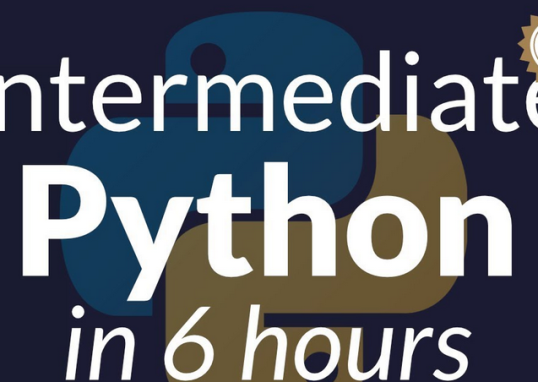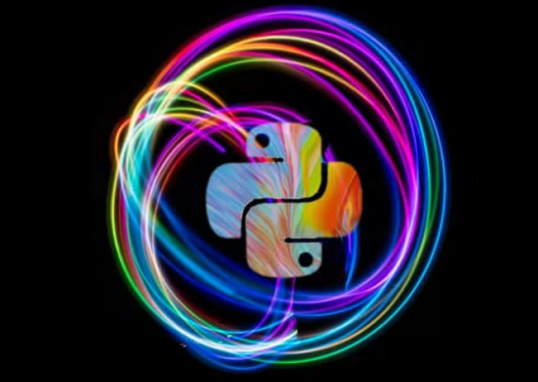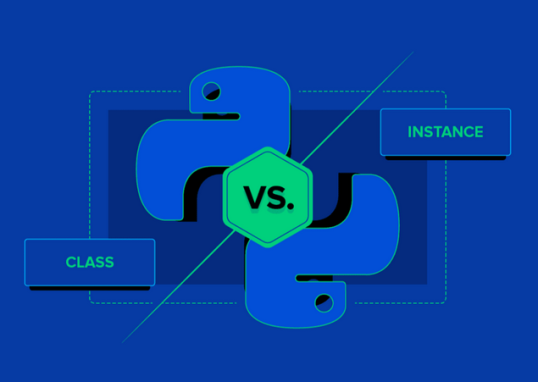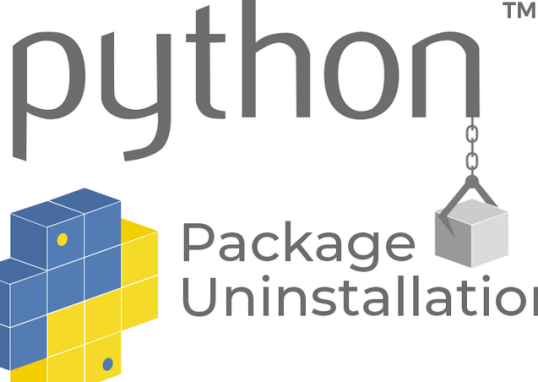K-means clustering is a powerful unsupervised machine learning technique used for grouping similar data points into clusters. In the context of text data, K-means clustering can be employed to predict labels or categories for the given text based on their similarity. The provided code showcases how to utilize K-Means clustering to predict labels for movie reviews, breaking down the process into several key steps.
Step 1: Importing libraries and downloading data.
The following code begins by importing essential libraries such as scikit-learn and NLTK. It then downloads the necessary NLTK data, including the movie reviews dataset:
from sklearn.feature_extraction.text import TfidfVectorizer
from sklearn.cluster import KMeans
from nltk.corpus import movie_reviews
from nltk.corpus import stopwords
from nltk.stem import WordNetLemmatizer
import nltk
import re
# Download the necessary NLTK data
nltk.download(‘movie_reviews’)
nltk.download(‘stopwords’)
nltk.download(‘wordnet’)
Step 2: Retrieving and preprocessing movie reviews.
Retrieve movie reviews from the NLTK dataset and preprocess them. This involves lemmatization, removal of stop words, and converting text to lowercase:
# Get the reviews
reviews = [movie_reviews.raw(fileid) for fileid in movie_reviews.fileids()]
# Preprocess the text
stop_words = set(stopwords.words(‘english’))
lemmatizer = WordNetLemmatizer()
reviews = [‘ ‘.join(lemmatizer.lemmatize(word) for word in re.sub(‘[^a-zA-Z]’, ‘ ‘, review).lower().split() if word not in stop_words) for review in reviews]
Step 3: Creating the TF-IDF vectorizer and transforming data.
Create a TF-IDF vectorizer to convert the preprocessed reviews into numerical features. This step is crucial for preparing the data for clustering:
# Create a TF-IDF vectorizer
vectorizer = TfidfVectorizer()
# Transform the reviews into TF-IDF features
X_tfidf = vectorizer.fit_transform(reviews)
Step 4: Applying K-means clustering.
Apply K-means clustering to the TF-IDF features, specifying the number of clusters. In this case, the code sets n_clusters=3:
# Cluster the reviews using K-means
kmeans = KMeans(n_clusters=3).fit(X_tfidf)
Step 5: Labeling and testing with custom sentences.
Define labels for the clusters and test the K-means classifier with custom sentences. The code preprocesses the sentences, transforms them into TF-IDF features, predicts the cluster, and assigns a label based on the predefined cluster labels:
# Define the labels for the clusters
cluster_labels = {0: “positive”, 1: “negative”, 2: “neutral”}
# Test the classifier with custom sentences
custom_sentences = [“I loved the movie and Best movie I have seen this year.”,
“The movie was terrible.
The plot was non-existent and the acting was subpar.”,
“I have mixed feelings about the movie.it is partly good and partly not good.”]
for sentence in custom_sentences:
# Preprocess the sentence
sentence = ‘ ‘.join(lemmatizer.lemmatize(word) for word in re.sub(‘[^a-zA-Z]’, ‘ ‘, sentence).lower().split() if word not in stop_words)
# Transform the sentence into TF-IDF features
features = vectorizer.transform([sentence])
# Predict the cluster of the sentence
cluster = kmeans.predict(features)
# Get the label for the cluster
label = cluster_labels[cluster[0]]
print(f”Sentence: {sentence}\nLabel: {label}\n”)
Here’s the output:
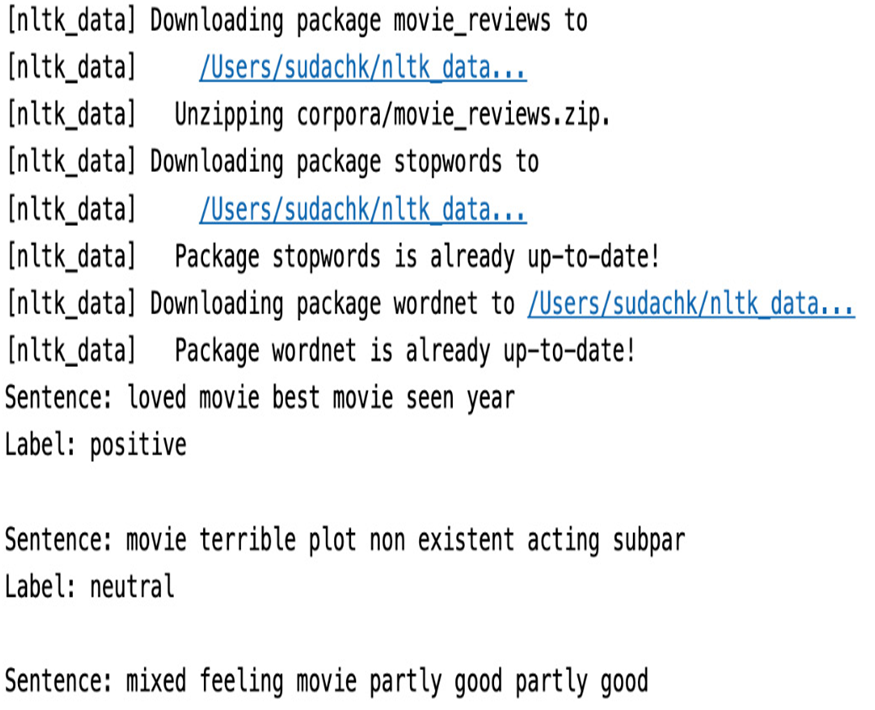
Figure 7.10 – K-means clustering for text
This code demonstrates a comprehensive process of utilizing K-means clustering for text label prediction, covering data preprocessing, feature extraction, clustering, and testing with custom sentences.
